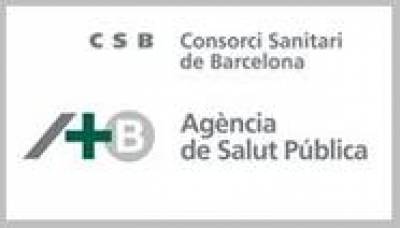
Lisbon is situated on the Atlantic Coast, along the Tagus River in the centre of Portugal. Whilst the city boundaries encompass a small area, Lisbon is a part of the larger Lisbon Metropolitan Area, which extends 734.1 km squared with 2,661,850 inhabitants (Men: 1,275,659 l Women: 1,386,191) in 2005. With a population size reaching almost three million, the Lisbon Metropolitan Area has a population density of 8534.8 inhabitants per km squared in 2007-2009, and accounts for roughly 27% of the inhabitants of Portugal.
Immigration increased during the 1980's and 1990's, but has since been decreasing. Immigrants accounted for 5.7% of the populace in 2005. In accordance with other Southern European cities, Lisbon's population is steadily ageing; 15.4% of the population were 65 years or older in 2005. With a high proportion of adults active in the labour market, the Lisbon Metropolitan Area contributes over 36% of the national Gross Domestic Product. Much of this wealth is produced by the tertiary sector which employs 74.8% of the Lisbon workforce. The secondary sector employs 24.1%, while the primary industries provide work to only 1.1% of the workforce.
- City Profile
-
Lisbon has a specific demographic profile, defined by a steadily ageing population and a lower immigration rates. Demographic figures from the 2001 Census of Population and Housing collected by the National Institute of Statistics are shown below:
- Population aged 0 - 14: 14.9%
- Population aged 65 and older: 15.4%
- Population aged 16 - 64 in the labour market: 73.3%
- Unemployment: 7.6%
- Immigrant population: 5.7%
- Methods
-
Socio-economic and mortality analyses were conducted at a small area-level within each city. The maps of Lisbon represent 207 Parishes or small areas. Data from the 2001 Population and Housing Census was used to obtain the population size per Parish.
As the population size of small areas were only available in Census data for 2001, the population figures from 2001 were multiplied by thirteen to represent the total number of years included in the study period (1995 - 2008). The INEQ-CITIES research of Lisbon is based on these figures.
The table below shows the estimated population size per Parish by first, second (median) and third quartiles, based on 2001 figures from the National Institute of Statistics.
Population Size per Small Area, Lisbon Men Women First Quartile
1,959 2,135 Median 4,558 5,065 Third Quartile
8,278 9,428 - Socio-Economic Indicator Maps
-
Social inequalities were examined using markers of deprivation to assess geographical segregation according to socio-economic characteristics. Find out more about socio-economic inequalities within Lisbon by viewing area-level maps of Socio-Economic Indicators of:
Area-level maps of primary education are not available for Lisbon.
- Mortality Maps
-
Mortality ratios were examined for all-cause mortality and disease-specific mortality, separately for men and women. Find out more about health inequalities within Lisbon by viewing area-level maps of:
- Resources
-
For further information about health inequality and the INEQ-CITIES research conducted in Lisbon, please go to:

 Close
Close





